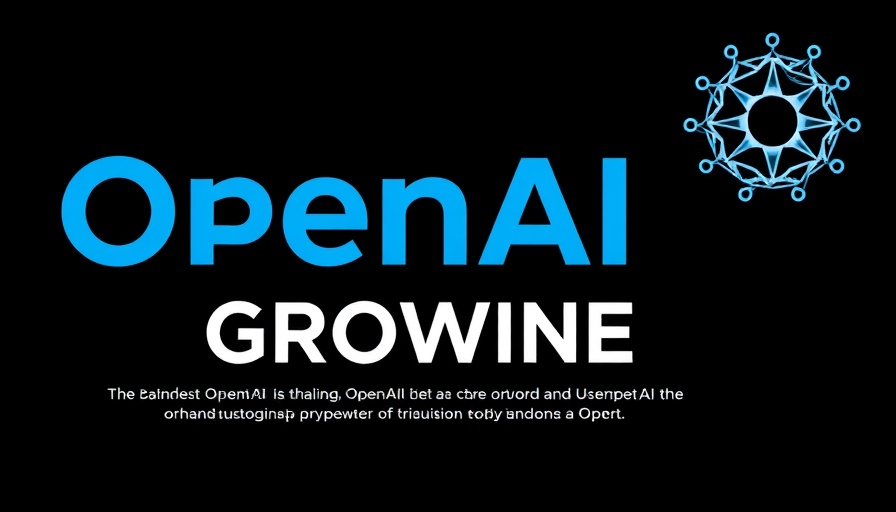
Empowering Users in the AI Revolution
In an exciting advancement in artificial intelligence, a project conceived during an MIT class is making waves by allowing individuals to own a portion of AI models that have been trained on their personal data. This initiative, dubbed Vana, has garnered the support of over a million users eager to contribute their information to a decentralized network. What sets Vana apart is its innovative approach to data ownership: rather than companies monopolizing user data, users now hold a stake in the very AI creations built from their contributions.
A New Paradigm of Data Ownership
The concept of Vana challenges traditional data practices by fostering a community-oriented platform that not only values individual contributions but compensates users through unique ownership rights. In an age where data is deemed the new oil, reclaiming control signifies a seismic shift in how technology companies operate, emphasizing collaboration over exploitation.
Future Insights: A Collaborative AI Ecosystem
Looking forward, this model could set the stage for a more equitable relationship between users and AI developers. As we see the rise of decentralized networks, the potential for user-driven innovations expands tremendously. The ripple effects of such a trend might include a reinvigorated focus on user privacy and ethical data usage across the industry.
Why This Matters to You
For everyday users, Vana offers more than just ownership; it provides an opportunity to have a voice in the AI landscape. This unique model might pave the way for new business avenues where personal data is not just utilized but rewarded. As this trend evolves, individuals could find themselves empowered like never before, shaping the tools that shape their lives.
Take Control of Your Data Journey
This inspiring development invites us to reflect on our roles in the digital economy. With data ownership transitioning from corporate giants to individual users, it's essential to stay informed and engaged. If you're interested in learning more about data ownership and the future of AI, consider exploring platforms like Vana and advocating for transparency and equity in tech.
 Add Row
Add Row  Add Element
Add Element 



Write A Comment